Home>Ideas and Tips>Indoor Aloe Vera Plant Care Tips to Grow Your Own Healing Gel
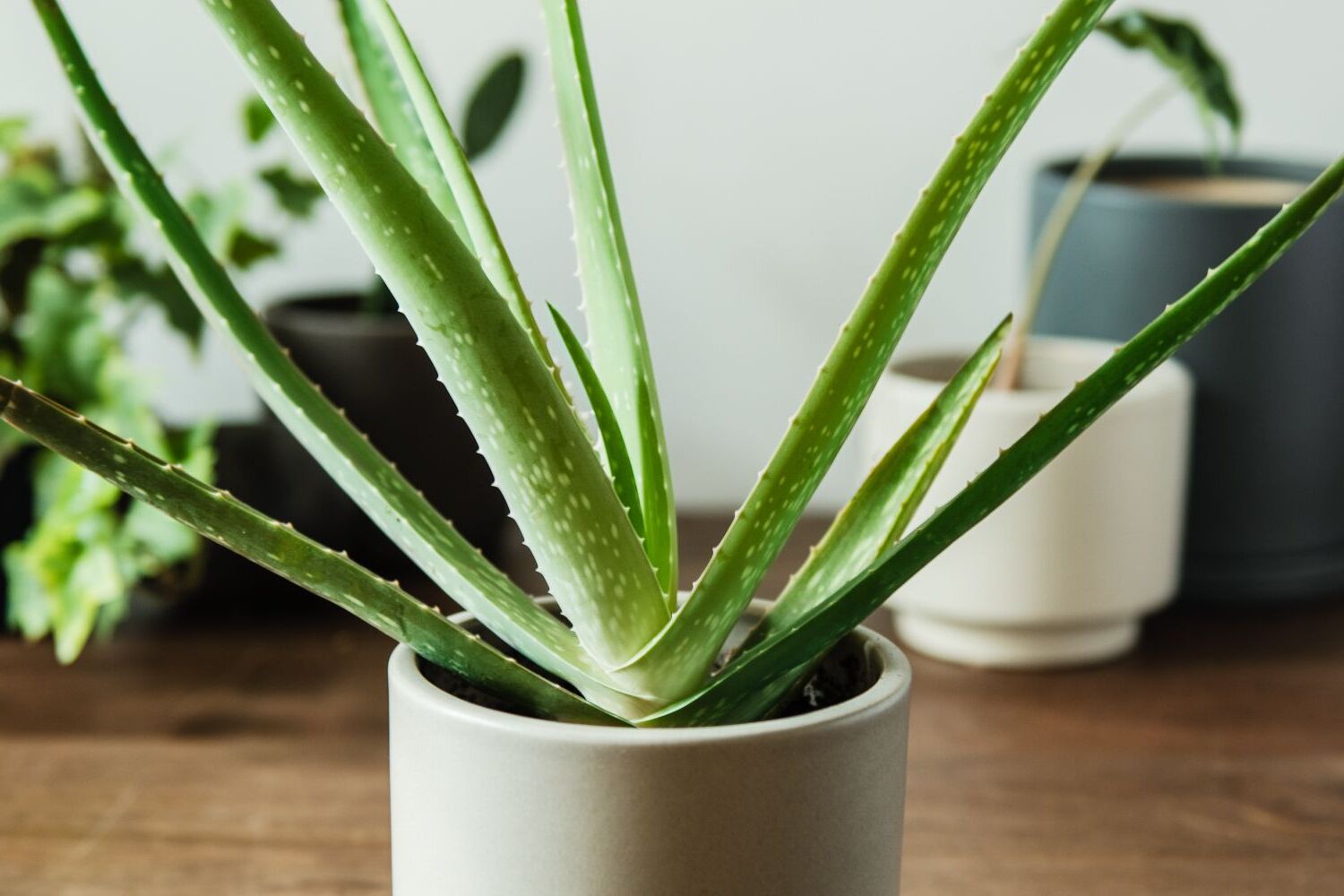

Ideas and Tips
Indoor Aloe Vera Plant Care Tips to Grow Your Own Healing Gel
Modified: October 23, 2024
Learn essential indoor aloe vera plant care tips for thriving plants and harvesting healing gel. Perfect for home gardeners seeking natural remedies.
(Many of the links in this article redirect to a specific reviewed product. Your purchase of these products through affiliate links helps to generate commission for Storables.com, at no extra cost. Learn more)
Aloe vera, with its striking rosettes and healing properties, has become a staple in many homes and gardens. This versatile succulent is not only aesthetically pleasing but also offers a variety of uses, from treating sunburns to making your own moisturizers. However, to ensure your aloe vera plant thrives and provides you with its beneficial gel, you need to follow some specific care tips. In this article, we will delve into the essential care requirements for indoor aloe vera plants, including lighting, watering, soil, temperature, and propagation.
Lighting Requirements
One of the most critical factors in caring for an aloe vera plant is providing it with the right amount of light. Unlike low-light plants, aloe vera requires bright, indirect sunlight to thrive. Direct sunlight can be detrimental as it can cause the leaves to become scorched and discolored. If your plant is exposed to too much direct sunlight, you might notice white or light brown discoloration on the leaves, which is a sign of sunburn.
To avoid this, place your aloe vera plant near a window that receives bright, indirect light. South or west-facing windows are ideal because they provide the necessary light without the harsh direct rays. If you don't have a window with direct sunlight, consider using grow lights specifically designed for indoor plants. These lights can mimic the natural light spectrum and provide your aloe vera with the necessary energy for growth.
Read more: How To Store Aloe Vera Plant Gel
Watering Tips
Aloe vera plants are succulents, which means they are adapted to survive in arid environments with minimal water. Overwatering is one of the most common mistakes people make when caring for these plants. The roots of an aloe vera plant are prone to rot if the soil is too moist, so it's crucial to check the soil's water level before watering.
Here’s how to check:
- Stick Your Finger In: Insert your finger into the soil up to the first knuckle. If the soil feels dry, it's time to water.
- Use a Wooden Skewer: If you prefer not to use your finger, you can use a wooden skewer or chopstick to check the moisture level. Poke it into the soil about an inch deep. If it comes out dry, it's time to water.
Water your aloe vera plant only when the soil is completely dry. When you do water, make sure to soak the soil thoroughly but avoid letting it sit in water. Watering once every two weeks is a good rule of thumb, but this can vary depending on the humidity and temperature of your environment.
Soil Requirements
Aloe vera plants thrive in well-draining soil that allows excess water to escape quickly. This is crucial because succulents are prone to root rot if the soil retains too much moisture. You can use a standard potting soil mixed with perlite or sand to improve drainage. Alternatively, you can opt for a specialized succulent mix that is designed to retain minimal water.
When repotting your aloe vera, choose a pot with good drainage holes. This ensures that excess water can drain out, preventing the roots from rotting. If you're using a pot without drainage holes, consider adding some rocks or small pebbles at the bottom of the pot to improve drainage.
Temperature and Humidity
Aloe vera plants prefer warm temperatures and can tolerate a wide range of temperatures between 55°F and 85°F (13°C and 30°C). However, they cannot tolerate frost, so if you live in an area with freezing temperatures, you'll need to move your plant indoors during the colder months.
Aloe vera plants are not particular about humidity levels. They can thrive in standard indoor air conditions, making them an excellent choice for indoor gardening. Avoid placing your plant near drafty doors or windows, especially during winter, as sudden changes in temperature can stress the plant.
Propagation
One of the joys of growing aloe vera is propagating new plants from the offsets or "pups" that grow at the base of the mother plant. Propagation is a simple process that requires patience and minimal effort.
Here’s how to propagate:
- Identify Offsets: Look for offsets that are at least one-fifth the size of the mother plant. These offsets have their own root system and can be separated from the mother plant.
- Separate Offsets: Carefully remove the offsets from the mother plant using a clean, sharp knife. Make sure each offset has a small portion of the mother plant's root system attached.
- Plant Offsets: Plant each offset in a new pot filled with well-draining soil. Water sparingly until the new plants are established.
- Wait: Allow the new plants to sit for about a week before starting regular watering. This allows the cut ends to dry out and reduces the risk of root rot.
Harvesting Aloe Gel
One of the most popular uses for aloe vera is its gel, which can be harvested from the leaves. Here’s how to do it:
- Choose a Leaf: Select a mature leaf with a thick, fleshy part. This part contains the clear gel that you can use for various purposes.
- Cut the Leaf: Cut off the leaf as close to the base as possible. You can use scissors or a sharp knife for this.
- Extract Gel: Slit the leaf lengthwise and scoop out the clear gel with a spoon. You can use this gel immediately or store it in an airtight container in the refrigerator for later use.
Uses for Aloe Gel
Aloe gel has numerous uses, both medicinal and cosmetic. Here are some of the most common uses:
- Sunburn Relief: Aloe gel is known for its soothing properties and can be applied directly to sunburned skin to reduce pain and promote healing.
- Wound Healing: The gel may shorten the healing time of first- and second-degree burns and promote wound healing.
- Skin Care: Aloe gel can be used as a moisturizer or to reduce acne and redness caused by mild to moderate psoriasis.
- Hair Care: Some people use aloe vera juice as a hair conditioner or makeup remover.
- Brow Gel: The gel can also be used as a brow gel to keep your eyebrows in place.
Pruning and Pest Control
While aloe vera plants are generally low-maintenance, they do require some pruning and pest control measures to stay healthy.
- Prune Spent Flower Stalks: Remove the spent flower stalks after they have bloomed to encourage new growth.
- Remove Dead Leaves: Cut off any dead or damaged leaves to maintain the plant's appearance and prevent the spread of disease.
- Pest Control: Aloe vera plants can be susceptible to pests like orange aphids, mealy bugs, and scale. Use a gentle spray of water to remove these pests or treat them with insecticidal soap.
Repotting
Aloe vera plants typically need to be repotted every 2-3 years as they outgrow their containers. Here’s how to repot:
- Choose a Larger Pot: Select a pot that is about an inch or two larger than the root ball of your plant.
- Use Well-Draining Soil: Fill the pot with well-draining soil to prevent root rot.
- Handle Gently: Gently remove the plant from its old pot and place it in the new one, making sure not to damage any roots.
- Water Sparingly: Water sparingly after repotting to allow the roots to settle.
Read more: How To Plant Aloe Vera Seeds
Conclusion
Growing an aloe vera plant indoors is a rewarding experience that offers both aesthetic and practical benefits. By following these care tips—providing bright indirect light, watering sparingly, using well-draining soil, maintaining optimal temperatures, propagating new plants, harvesting gel, and pruning for health—you can enjoy the many benefits of this versatile succulent. Whether you're looking to treat sunburns or simply add some greenery to your home, an aloe vera plant is an excellent choice for any indoor gardener.
Was this page helpful?
At Storables.com, we guarantee accurate and reliable information. Our content, validated by Expert Board Contributors, is crafted following stringent Editorial Policies. We're committed to providing you with well-researched, expert-backed insights for all your informational needs.
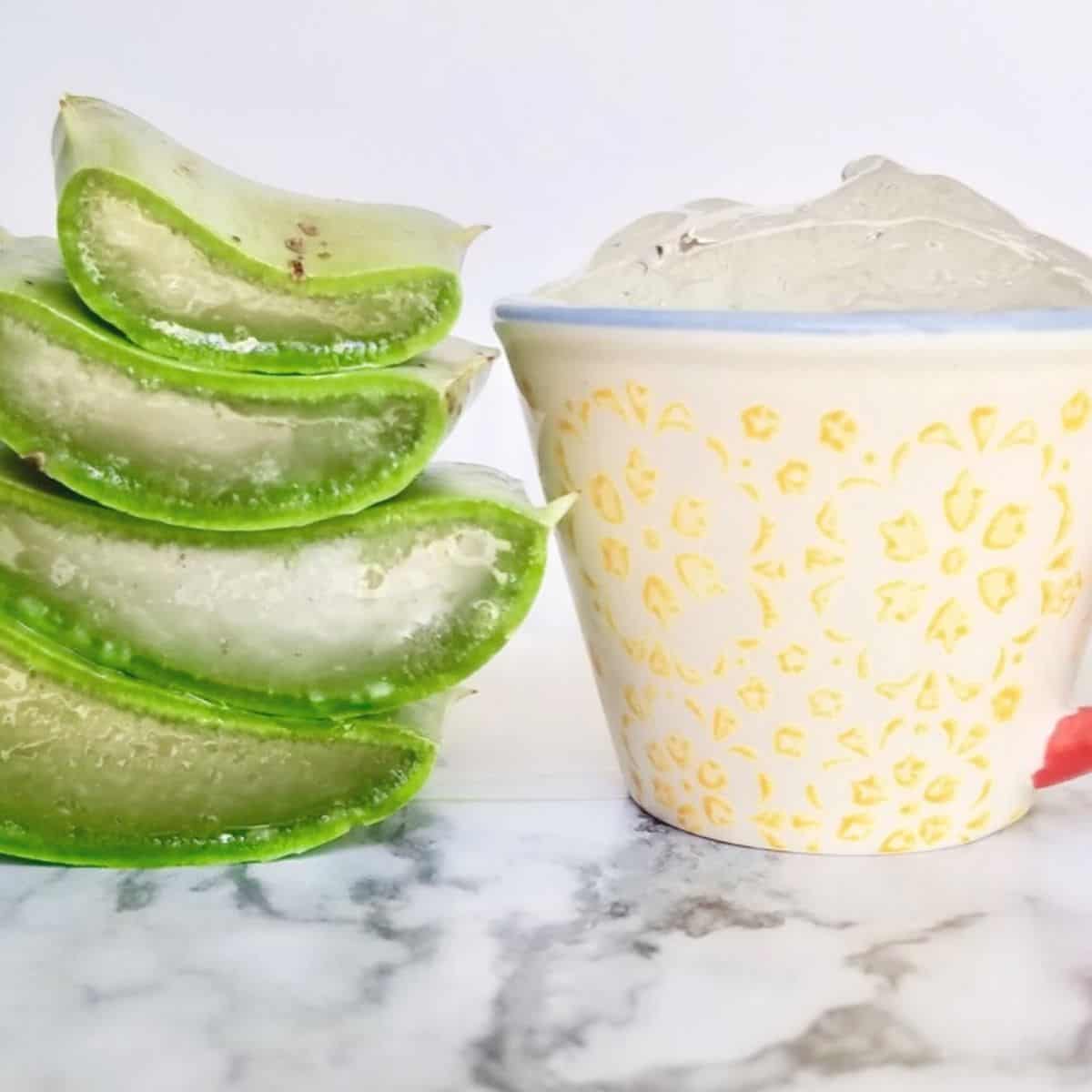
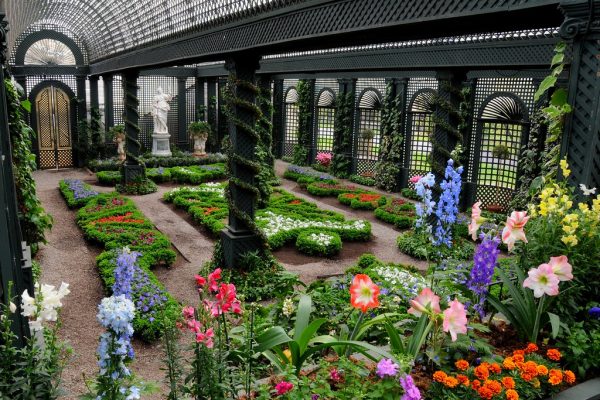
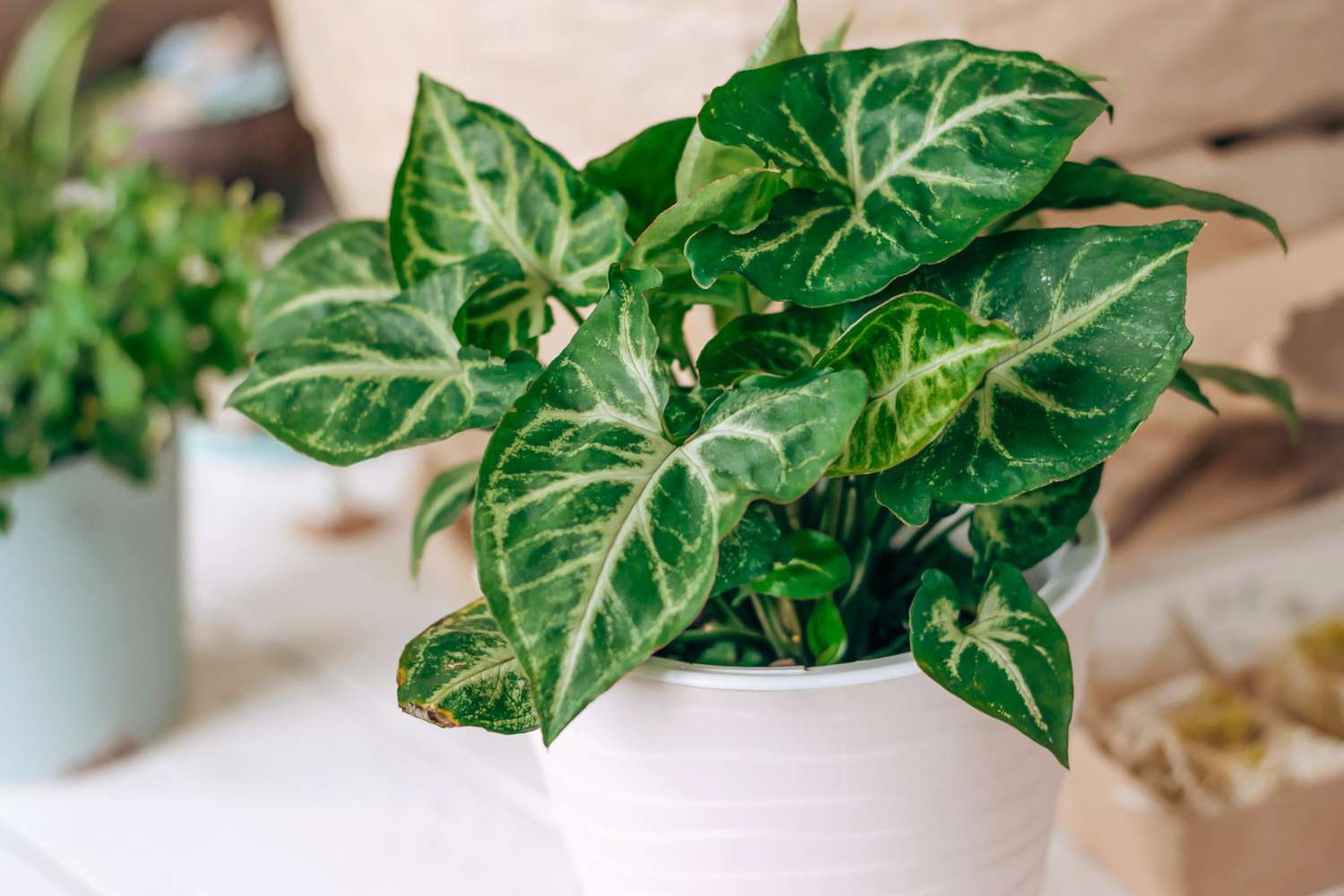
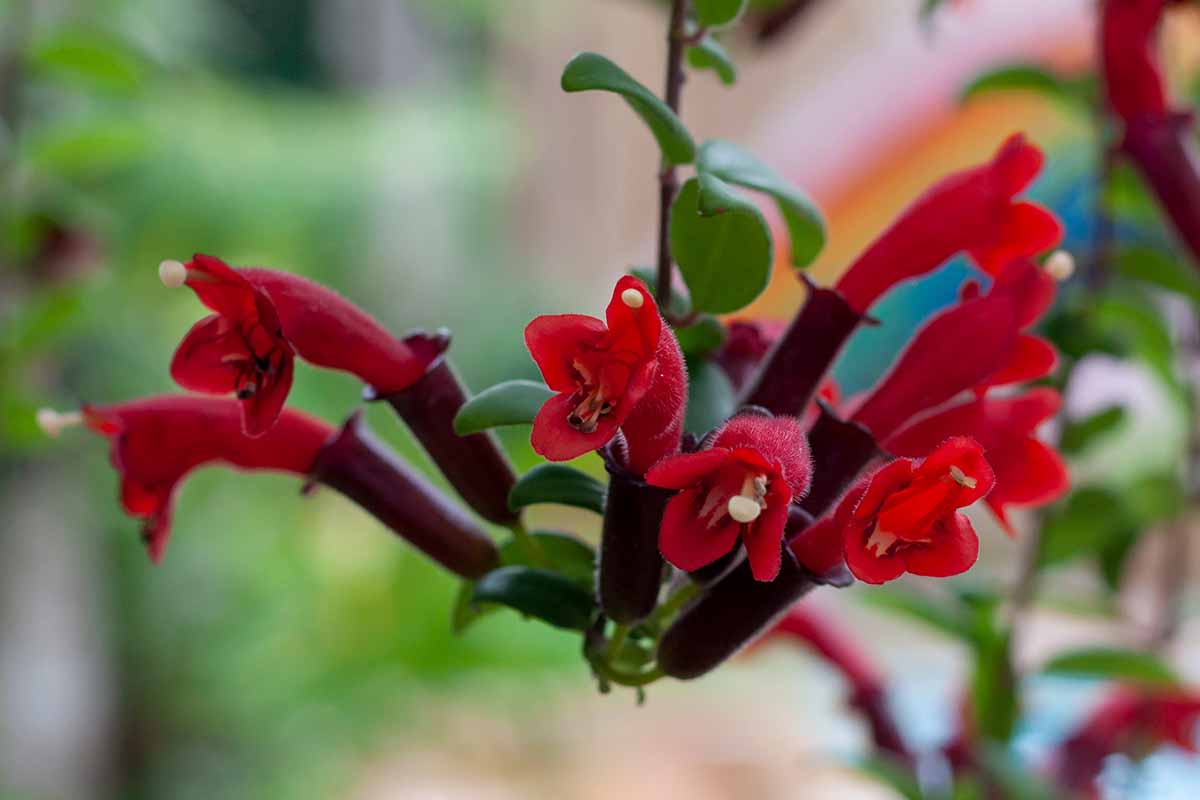
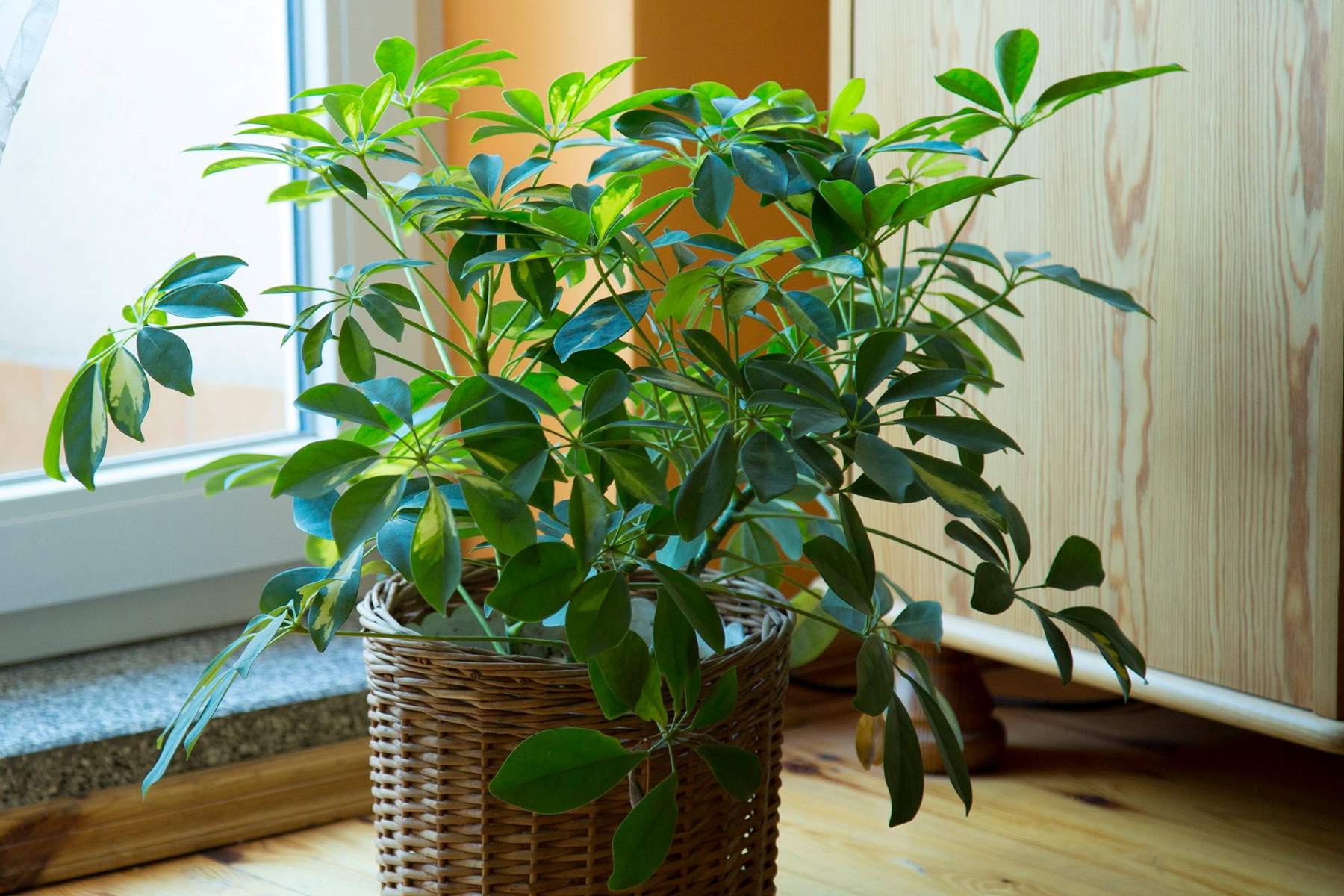
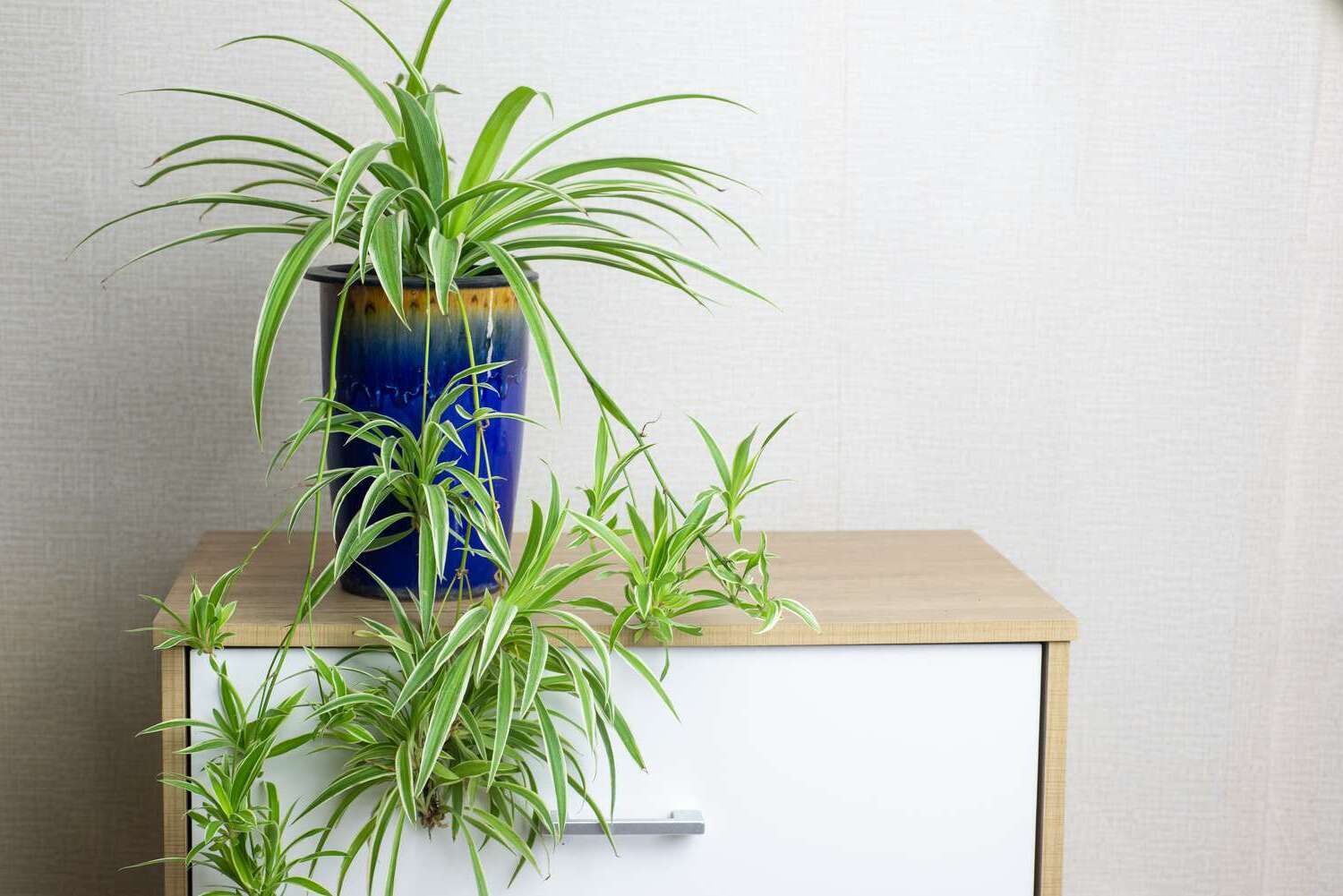
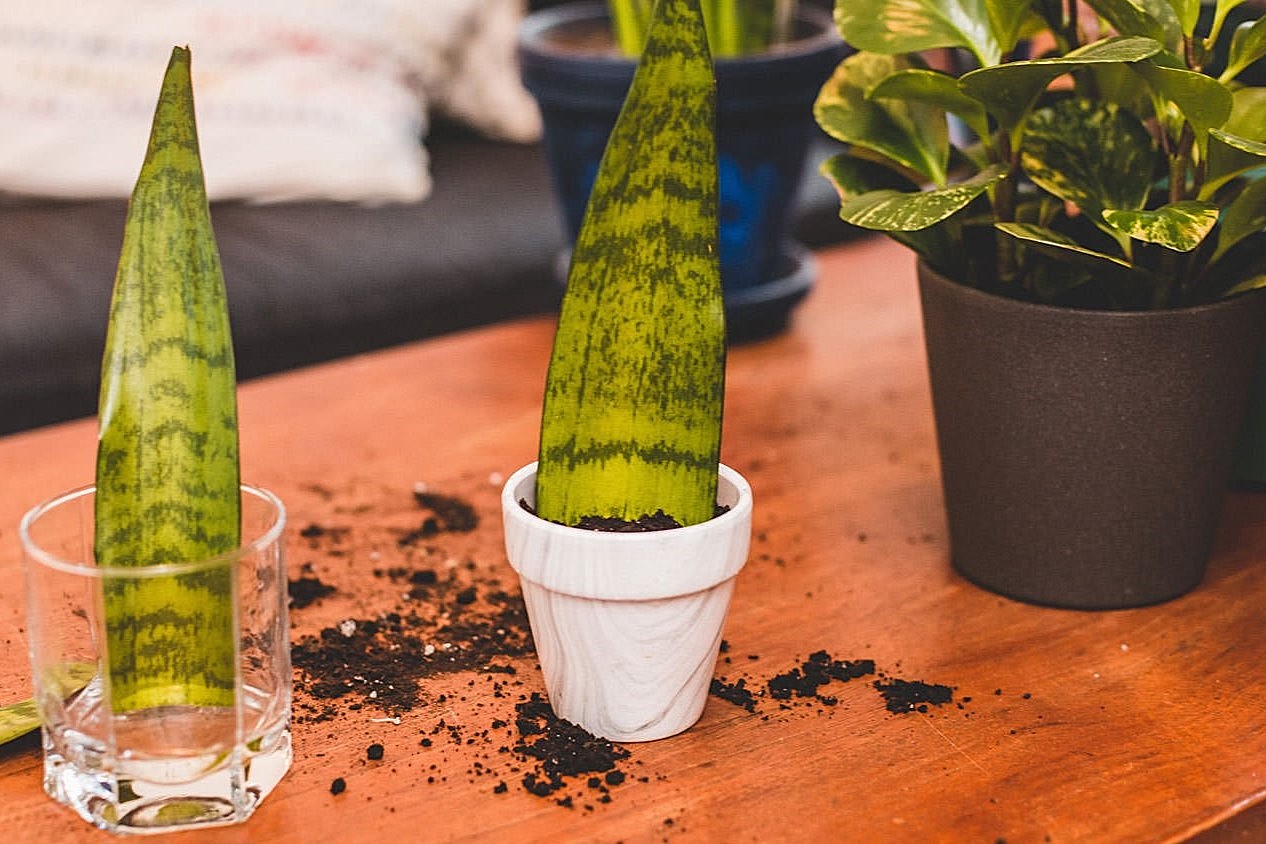
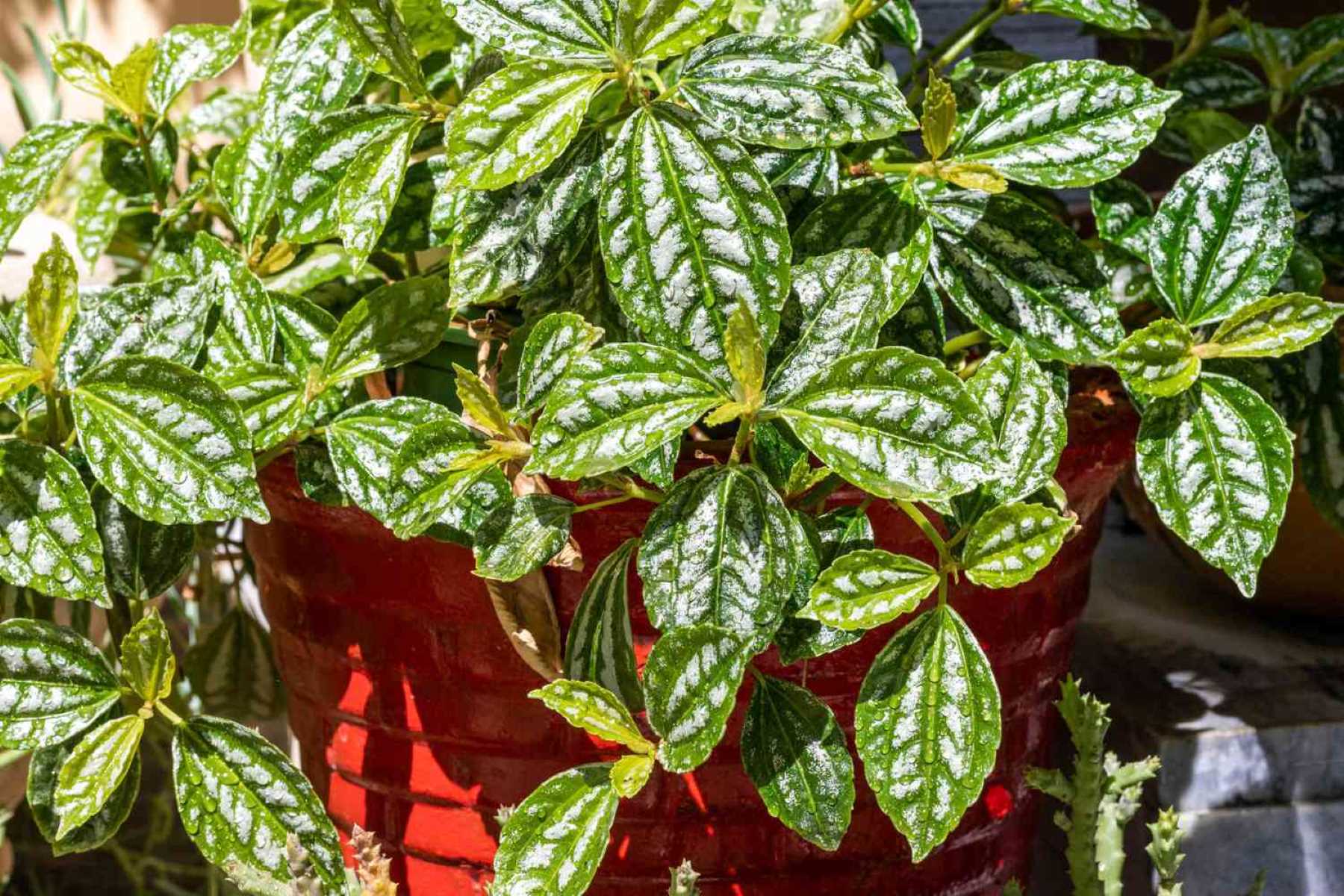
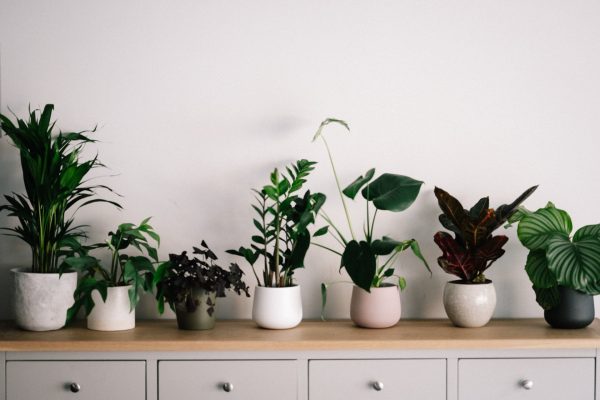
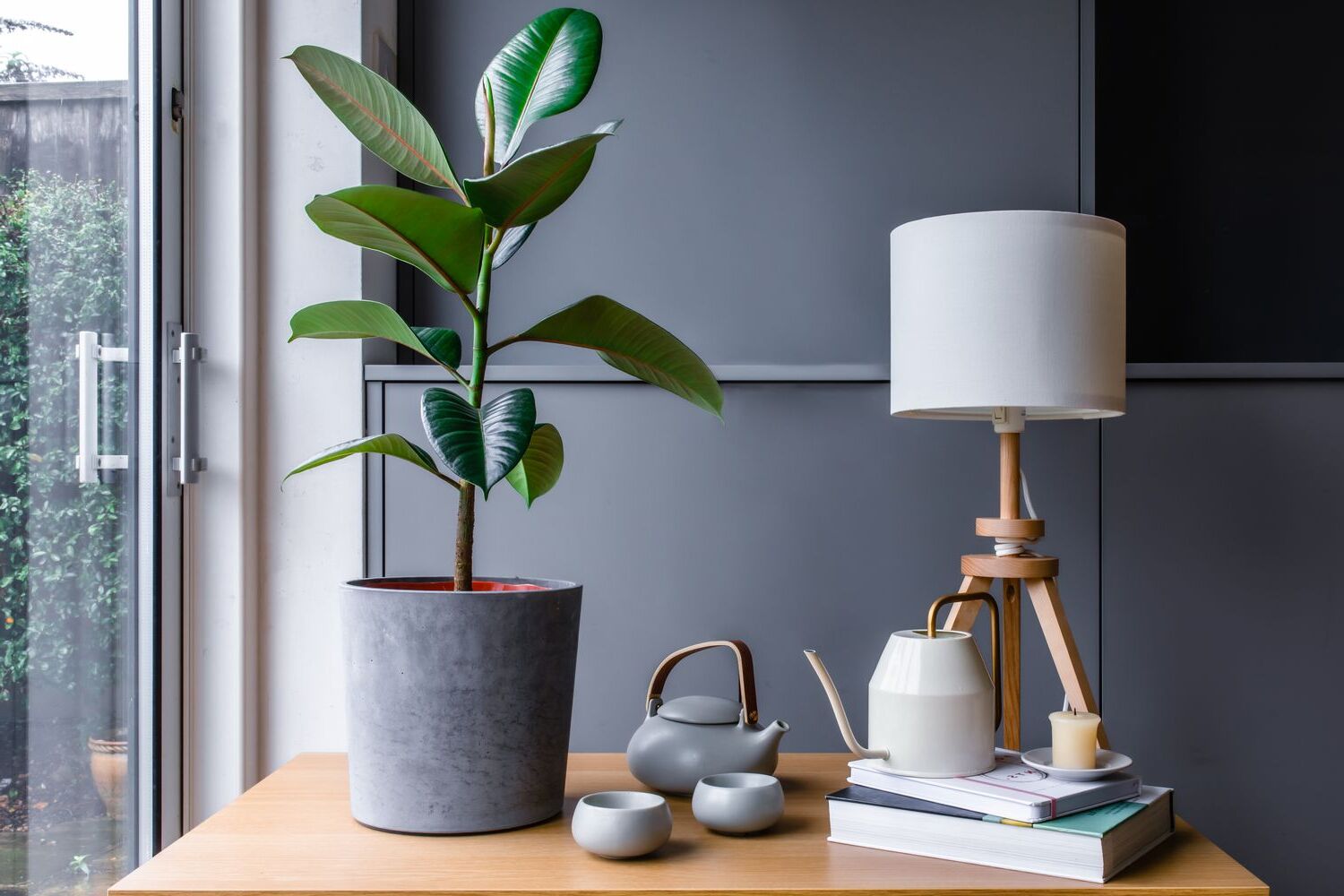
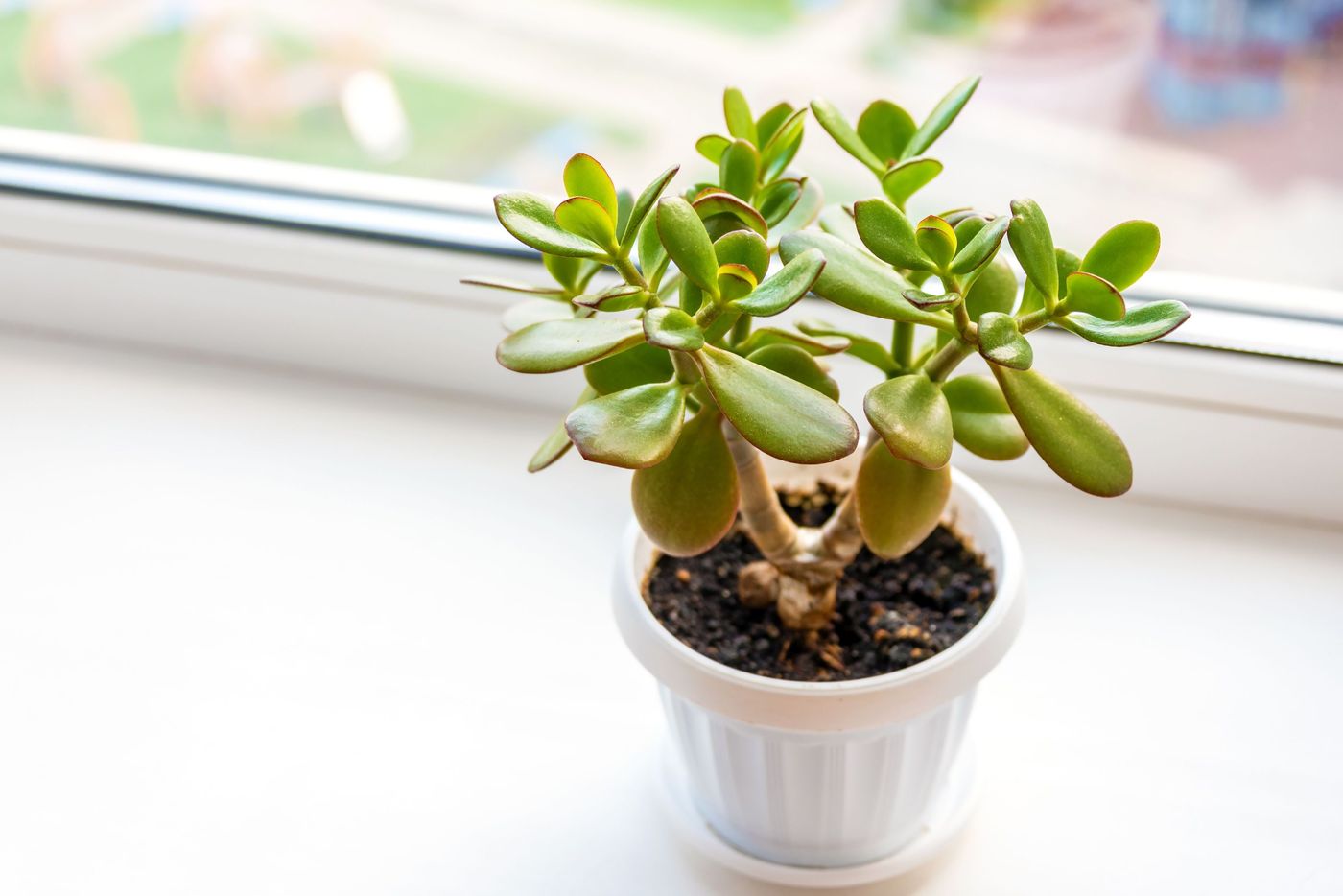
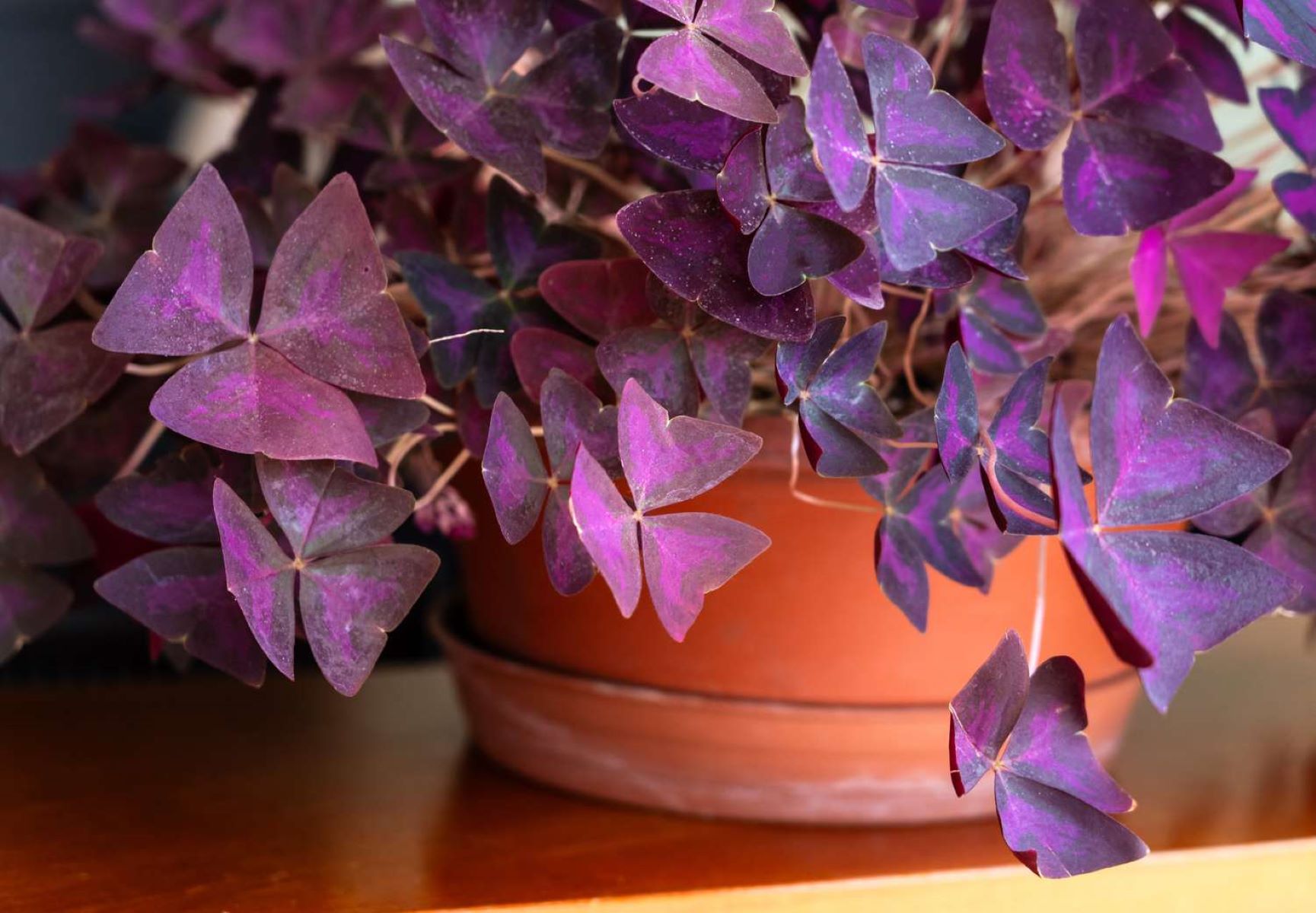
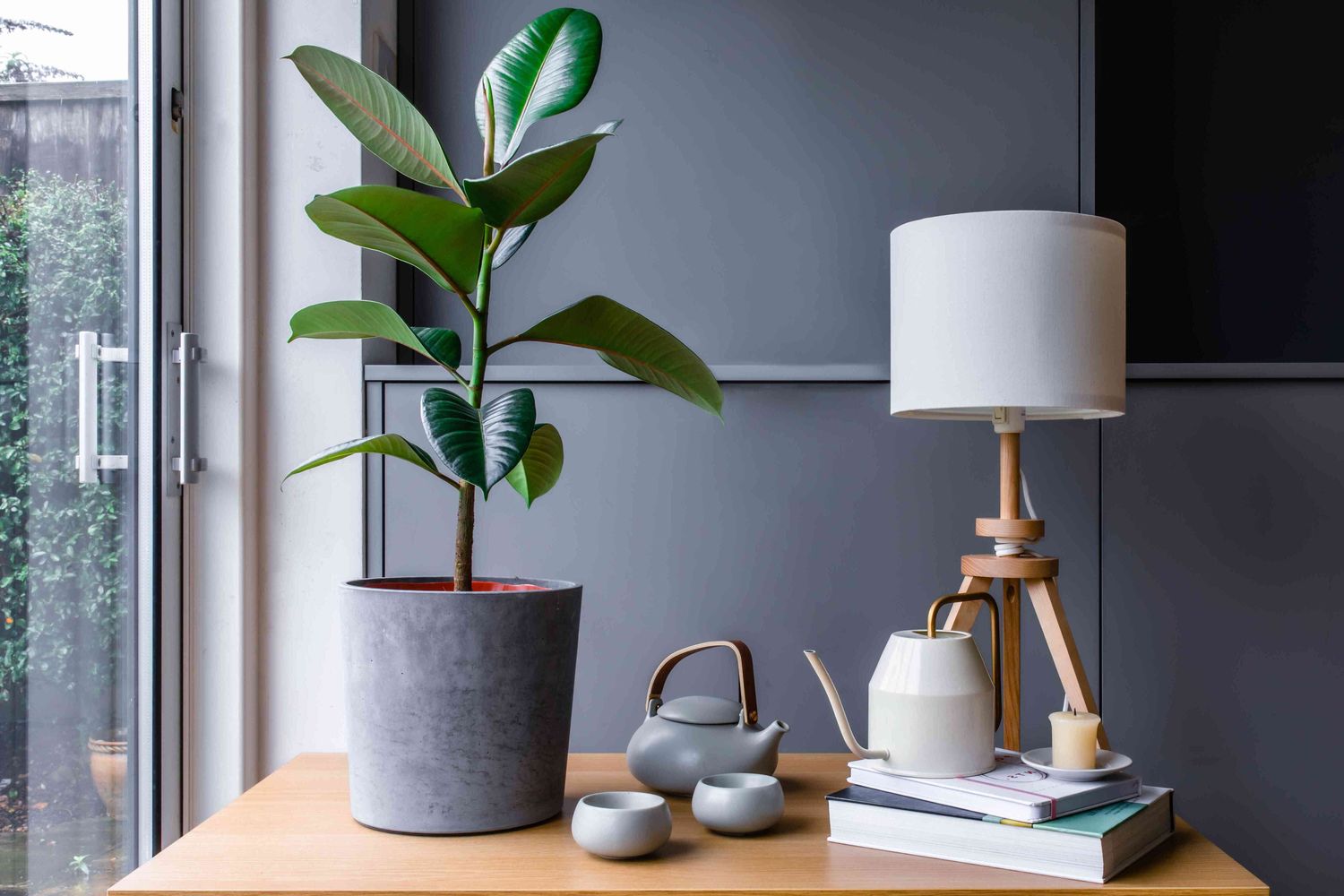

0 thoughts on “Indoor Aloe Vera Plant Care Tips to Grow Your Own Healing Gel”